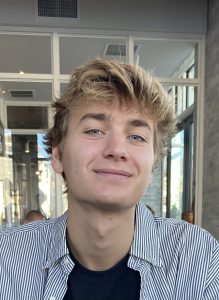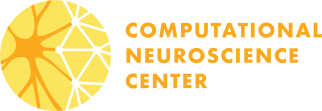Training in Theoretical and Computational Approaches to Neural Circuits of Cognition Program Fellows
supported by NIMH grant 5T32MH132518

Dr. Jacob Sacks is postdoctoral scholar working on problems at the intersection of neuroscience and machine learning in the lab of Prof. Matthew Golub in the Paul G. Allen School of Computer Science and Engineering (CSE) at the University of Washington (UW). Jacob is co-advised on the T32 by Prof. Amy Orsborn. During his Ph.D. in CSE at UW, Jacob worked with Prof. Byron Boots on machine learning for control in robotics, drawing from deep learning, optimal control, and reinforcement learning. Now, Jacob is broadly interested in developing machine learning tools to understand how neural populations compute in the context of decision making, motor control, and learning. He is also interested in how these tools can be used to build better brain-computer interfaces and prosthetics. Outside of research, Jacob is an avid guitarist and music composer and loves to play the same old RPG video games over and over again



